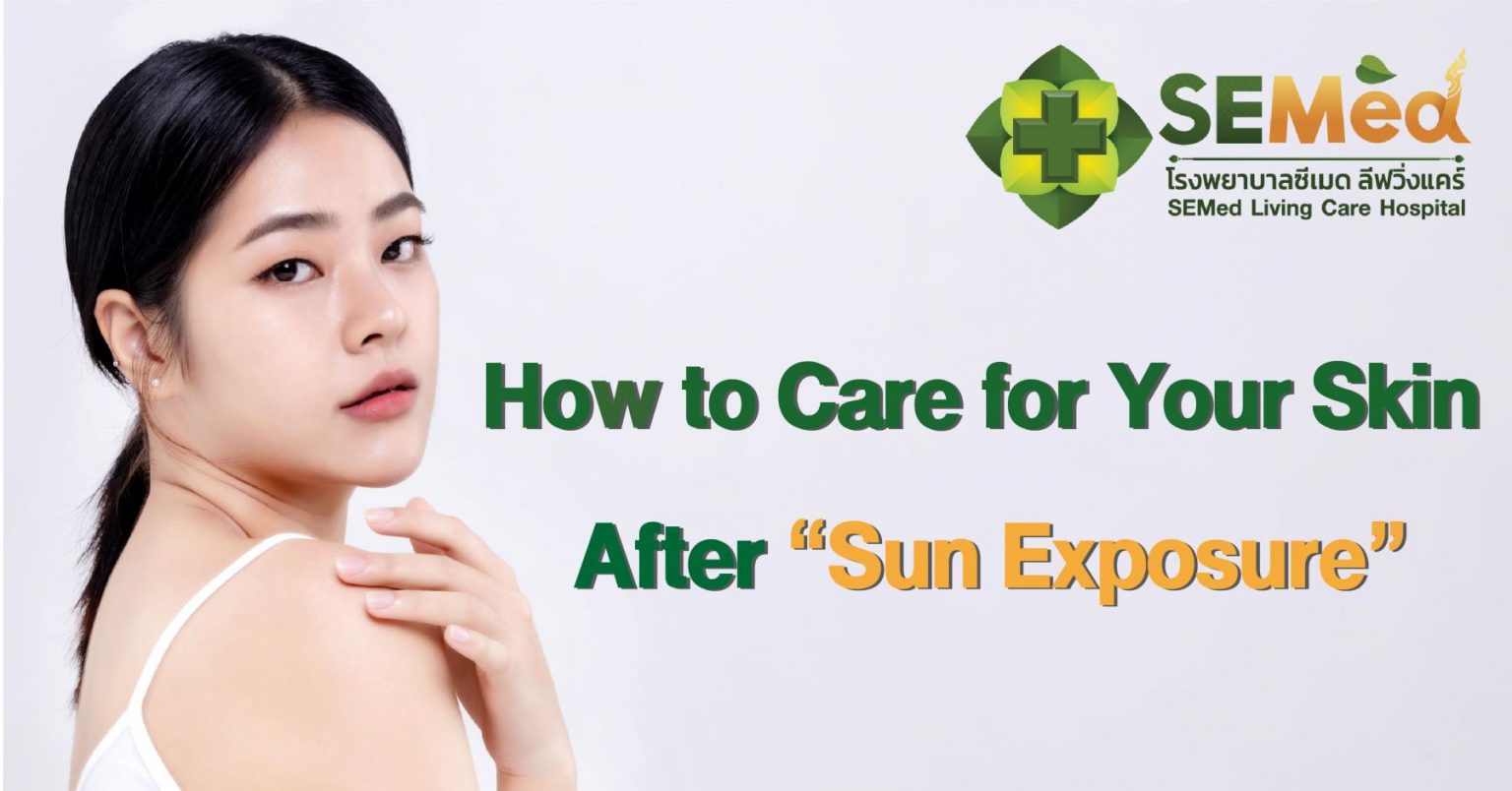
Many of you may have recently enjoyed a holiday and traveled to various places, which might have led to skin issues such as skin diseases or cosmetic problems caused by sunlight and heat. Since the skin is the first part of the body that comes into contact with sunlight and heat, it is most prone to issues. Common skin problems during the summer include:
Skin Darkening: Due to sunlight, particularly UV rays, which generate free radicals within the skin, causing melanocytes to produce more pigment, leading to darkening. This phenomenon is more noticeable in individuals with naturally darker skin. Some people may experience long-lasting skin darkening after just three days of sun exposure.
Sunburn: This occurs when the skin is exposed to a high amount of sunlight, often seen in individuals with fair skin. Symptoms include redness and a burning sensation. In severe cases, the skin may blister and peel.
Skin Care After Sun Exposure: Many people may experience rashes or flare-ups of pre-existing skin conditions, such as eczema, when exposed to sunlight or heat. Some individuals may suffer from sun allergy, where the skin is overly sensitive to sunlight, resulting in rashes like solar urticaria. Another type of rash that may occur is a photosensitive reaction caused by medications, vitamins, supplements, or topical creams. These substances may not normally cause an allergic reaction but can trigger one upon sun exposure. Testing for allergens may be necessary in such cases.
Heat Rash: In hot weather, red bumps resembling heat rash may appear, especially on the torso, areas where the skin is compressed by clothing for extended periods, and areas with excessive sweating. These bumps may also be itchy.
Melasma, Freckles, and Dark Spots: These are common issues. Many people with existing melasma or freckles may notice these spots darken after prolonged sun exposure. Acne scars may also darken when exposed to sunlight.
Premature Skin Aging and Skin Cancer: Prolonged and regular sun exposure can lead to premature skin aging. Signs of sun-induced skin aging include wrinkles, dry skin, uneven skin tone, dilated blood vessels, enlarged pores, and sebaceous glands. The skin may become rough and thickened, especially in areas with significant sun exposure, which could indicate a future risk of skin cancer.
If these problems occur, initial first aid includes avoiding sunlight and heat, whether by staying in the shade, wearing protective clothing, using an umbrella, or wearing a hat to prevent further damage. If you suspect a photosensitive reaction from medications or topical creams, discontinue use. Sun-induced skin darkening will gradually fade over several weeks to months, or you may use creams containing depigmenting agents to accelerate the process.
For various skin conditions and sun-induced flare-ups, topical and oral medications may be required. There are several treatment options for melasma, freckles, and dark spots, including medications and laser therapy to remove excess pigment. It is recommended to consult a specialist for appropriate treatment.”
Source: Thai Health Promotion Foundation

